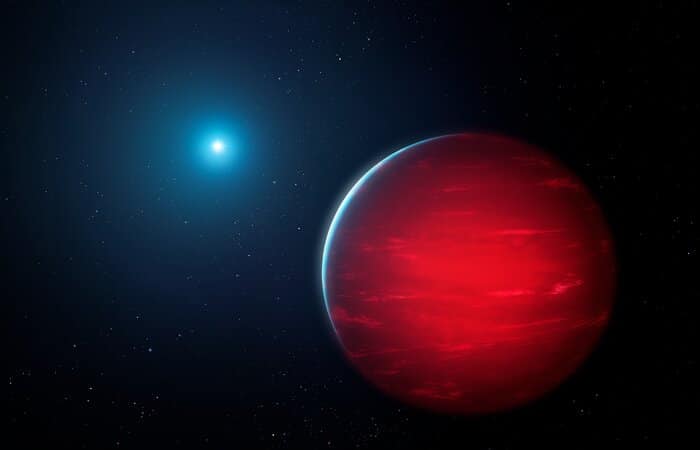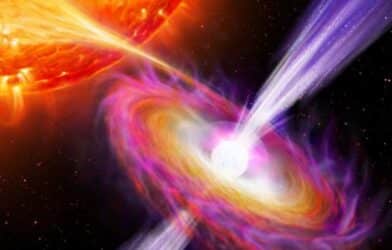An amateur astronomer is being heralded for an out-of-this-world discovery — literally. Using NSF’s NOIRLab, Frank Kiwy discovered 34 new ultracool brown dwarf binary systems in the sun’s neighborhood.
This discovery nearly doubles the number of such systems known.
Kiwy unearthed these brown dwarfs with companions after searching NSF’s NOIRLab’s catalog of 4 billion celestial objects.
These brown dwarfs are located between the most massive planets and the smallest stars and loosely resemble cooling embers on a huge scale. They are usually difficult to identify due to their faintness and relatively small sizes. Astronomers are still unsure how often brown dwarfs have companions since they are so hard to observe.
In an effort to locate these brown dwarfs, astronomers at the Backyard Worlds: Planet 9 citizen science project turned to 100,000 volunteer citizen scientists. These individuals were recruited to inspect telescope images and identify the subtle motion of brown dwarfs against background stars.
“The Backyard Worlds project has fostered a diverse community of talented volunteers,” says Backyard Worlds co-founder Aaron Meisner, an astronomer at NSF’s NOIRLab, in a statement. “150,000 volunteers across the globe have participated in Backyard Worlds, among which a few hundred ‘super users’ perform ambitious self-directed research projects.”
Kiwy, one of those citizen scientists, embarked on his own research project to look for objects with the color of brown dwarfs. Using NOIRLab’s Astro Data Archive, Kiwy found more than 2,500 potential ultra cool dwarfs. These dwarfs were then scrutinized for hints of co-moving companions, which produced 34 systems comprising a white dwarf or low-mass star with an ultracool dwarf companion.
Kiwy ended up leading a team of professional astrophysicists in publishing his findings.
“I love the Backyard Worlds: Planet 9 project! Once you master the regular workflow you can dive much deeper into the subject,” explains Kiwy. “If you’re a person who is curious and not afraid to learn something new, this might be the right thing for you.”
“This amazing result clearly demonstrates that NOIRLab’s data archive has a reach far beyond that of professional astronomers,” says Chris Davis, NSF’s program director for NOIRLab. “Keen members of the public can also participate in cutting-edge research and directly share in the joy of cosmic discovery.”
Astronomers hope these latest discoveries can help determine if brown dwarfs are more akin to oversized planets or undersized stars, as well as providing insights into how star systems evolve over time.
“These discoveries were made by an amateur astronomer who conquered astronomical big data,” says Meisner. “Modern astronomy archives contain an immense treasure trove of data and often harbor major discoveries just waiting to be noticed.”
The study is published in The Astronomical Journal.












